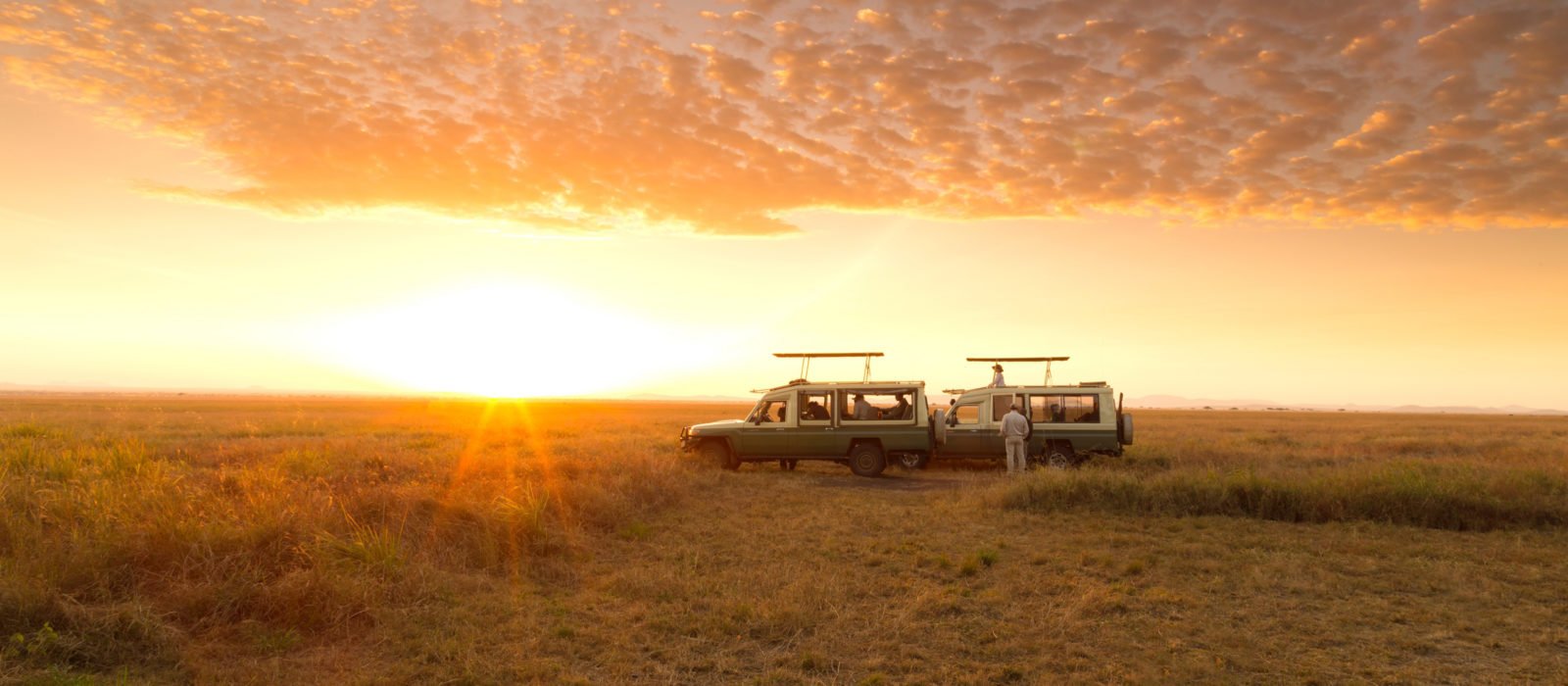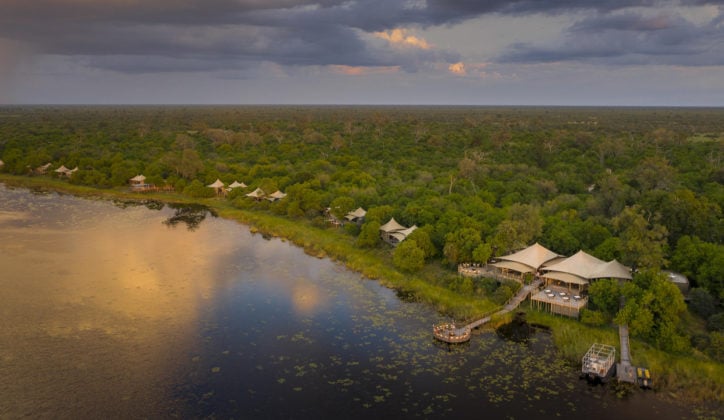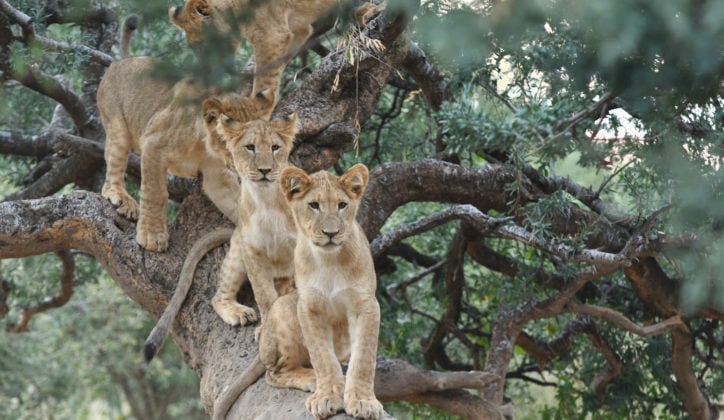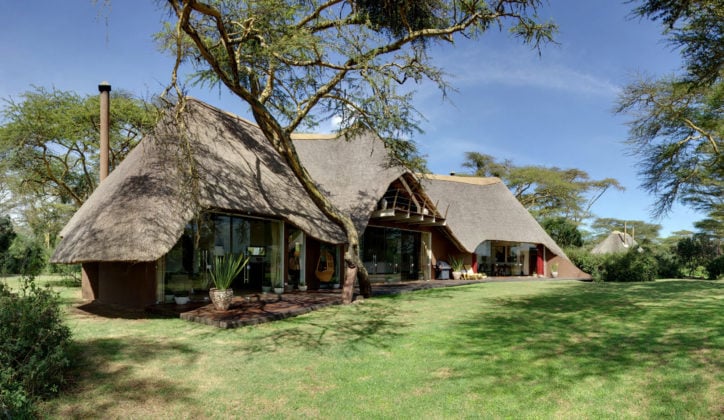Published on: May 17th, 2021
Last modified: December 28th, 2023
When you’re planning a safari you’ll see certain words coming up time and time again. But what do they mean? And are they important? Never fear. We’re here to explain the differences between concessions, conservancies, national parks and private reserves, as well as the benefits of going on safari there.

What Are National Parks and Why Are They Important?
National parks are areas of land set aside by governments for the protection of the natural habitat and the animals that live there. They are vital for the global conservation effort and often encompass some of the world’s most spectacular landscapes and UNESCO world heritage sites.
National parks work to protect and preserve indigenous species and allow people to access the natural heritage all over the world. Concessions and conservancies function as a way of supporting this work and in many cases increase animals’ roaming areas or even create wildlife corridors between national parks.
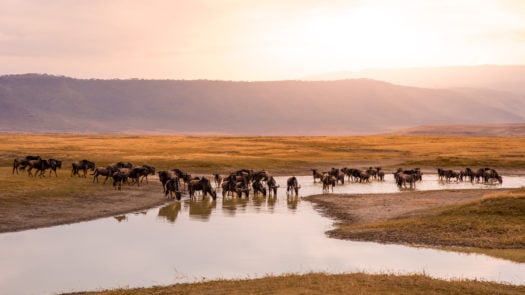
What Are Wildlife Concessions And Conservancies?
Concessions and conservancies are privatised areas of land often in or adjacent to national parks. Many share unfenced boundaries with the park-managed land meaning that animals are free to roam between areas. They are typically leased from the local communities or governments.
In contrast to concessions and conservancies, national parks are protected areas of land owned and managed by governments and local authorities.
The particular arrangement and names used vary by country or even region but in general concessions and conservancies have a responsibility to preserve and protect the wildlife, communities and habitats they work with.
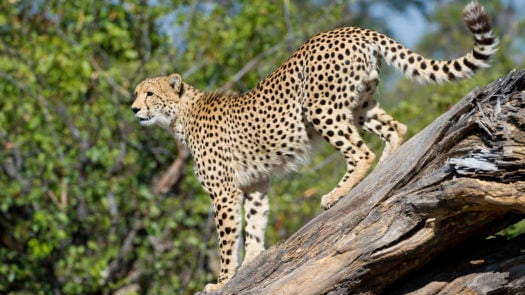
What Makes Safaris In Wildlife Concessions Special?
Going on safari in wildlife concessions or conservancies is a unique experience. Because these lands are privately run they are able to limit visitor numbers and have greater flexibility to create their own safari experience.
Guests staying in many conservancies will be able to take part in exclusive activities such as night drives, walking safaris or sundowners, activities that would be prohibited in the national parks themselves.
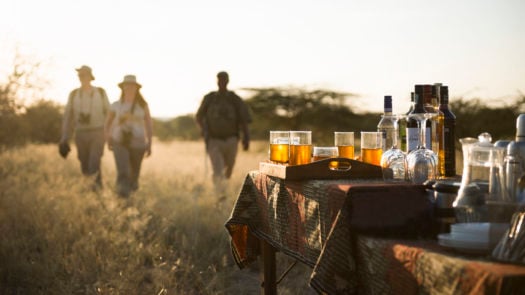
In national parks, vehicles are restricted to the established roads and routes. This helps to preserve the landscape and habitats, but also means that it’s often a matter of luck how close you are able to get to wildlife sightings. In concessions and conservancies however, safari vehicles are occasionally allowed to go offroad to get a better view. Guides can take you closer to the best sightings, allowing you to put away that zoom lens.
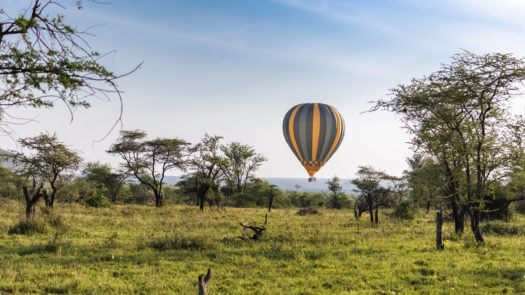

What Are The Benefits Of Safaris In A Concession Or Conservancy?
A huge benefit of safaris in concessions or conservancies is in the lower visitor numbers. Whilst many national parks allow self-drive vehicles or even camping, private concessions are more exclusive and tend to limit access to people staying within their boundaries.
In a concession like Botswana’s Linyanti this means that there will only ever be around 300 safari guests in an area of 1.2 million hectares. That’s around 4000 hectares of some of the best safari habitats in the world, per person.
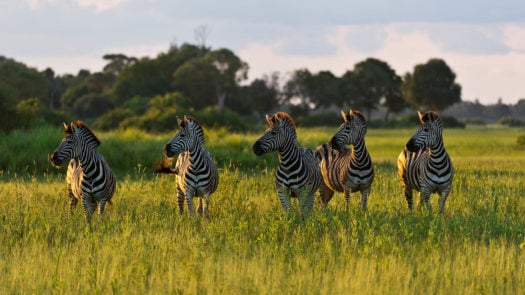
In national parks it’s also not uncommon to find many vehicles clustered round a sighting. This can harm the viewing experience and be stressful for the animals. In private conservancies and concessions, however, restrictions on how many vehicles can be at different sightings ensure a better time for you and the wildlife.
In addition, drivers and guides in the private concessions are often in contact with one another via radio, sharing insights on where the best sightings are to be found. As animals may wish to avoid crowds, they can be easier to spot in the quieter, private areas too.
While national parks limit vehicles to the established roads, guides in private concessions can sometimes travel offroad, to give you the best experience possible.
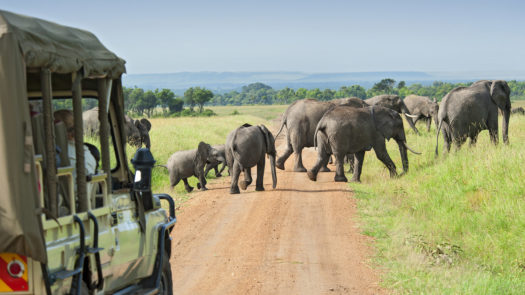
What Activities Can You Do On A Concession Safari?
Because concessions and conservancies don’t have to follow the same rules as the national parks, there is a greater variety of activities on offer.
Depending on where you are staying you can go for night drives, enjoy picnics or sundowners away from camp or even go on a walking safari. For example, in the Palmwag Concession in Namibia, guests can leave their vehicle and track rhinos on foot.
Stay at Desert Rhino Camp to have this unique experience.
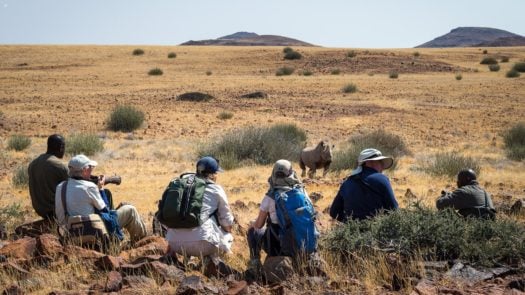
Concession Safari Favourites
Private Reserves And National Parks In South Africa
The privately managed concessions within the Kruger such as Singita have more flexibility than the national park itself. For a truly exclusive experience, however, guests can stay at private reserves like Sabi Sands. These reserves border the Kruger itself but in contrast to the concessions are entirely privately owned.
Typically, the private reserves were previously private ranches and can offer a different type of habitat for visitors to experience. Not being bound by the rules of the National Park means that these reserves can offer experiences like exclusive treehouses and star beds.
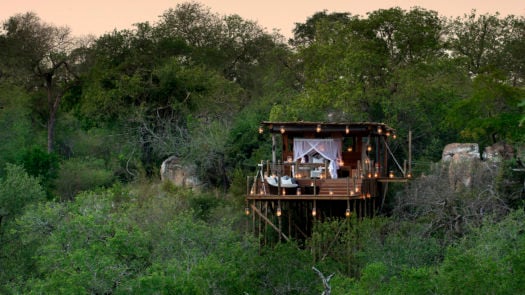
How Do Safari Concessions And Conservancies Benefit Wildlife?
Several safari vehicles crowding around a cheetah with her cubs can cause a lot of distress to the animals. In concessions the lower traffic gives animals increased privacy and freedom. Often conservancies and concessions can have particularly healthy wildlife populations for this very reason.
Having fewer guests means that the concessions and conservancies have more control over the areas that are visited and can protect particularly vulnerable habitats or animals.
In addition, the benefit to local economies and communities helps encourage habitat conservation (as it is more lucrative than creating additional farmland) and combat poaching.
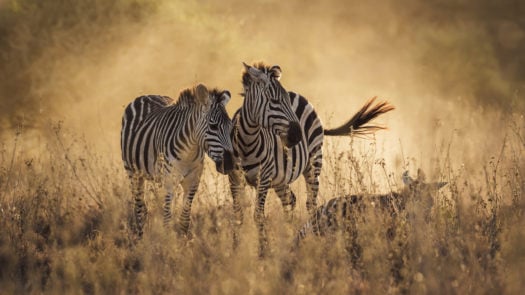
How Do Conservancies Benefit Local Communities?
Conservancies work with local communities in many different ways. Lease payments are a valuable contribution to the local economies and conservancies actively support and maintain crucial infrastructure projects.
In many conservancies and concessions the tourism industry creates work, both through direct employment and by increasing the local demand for everything from food to materials. Speak to your travel designer to discover what community projects are supported by the conservancies you are visiting.
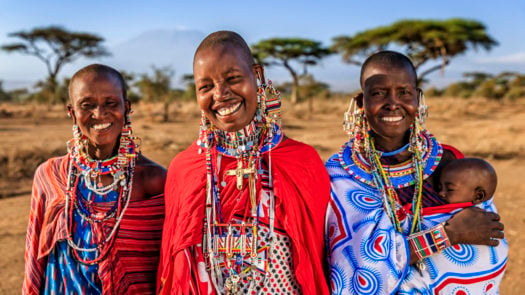
Find out where your adventure will take you.
